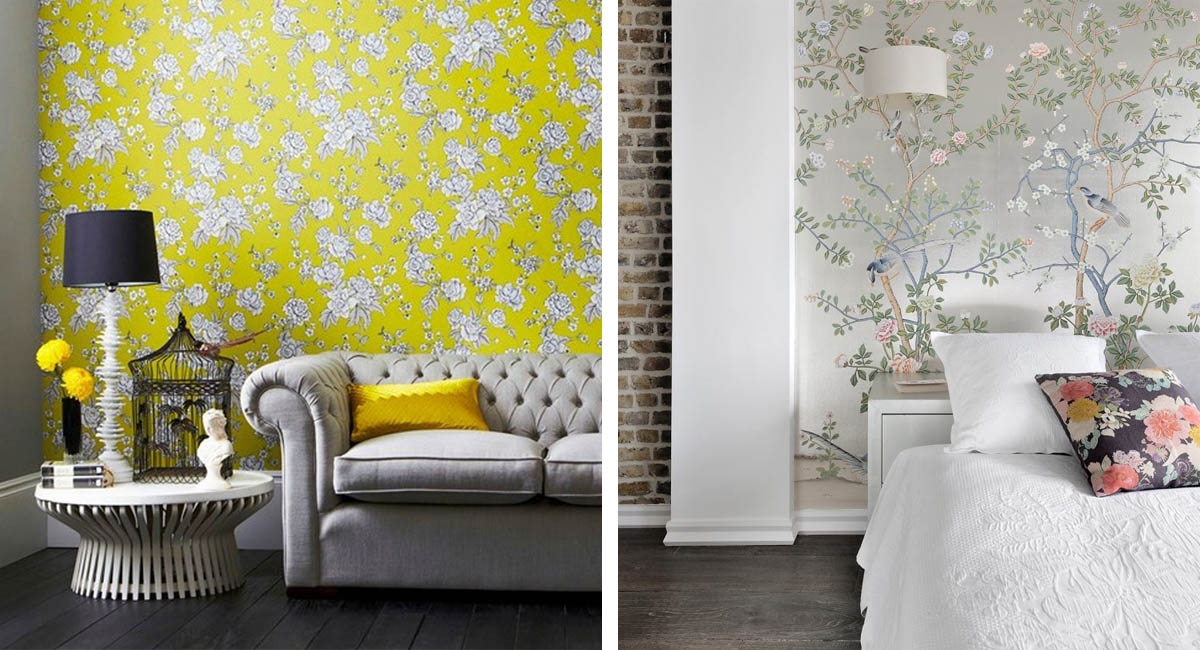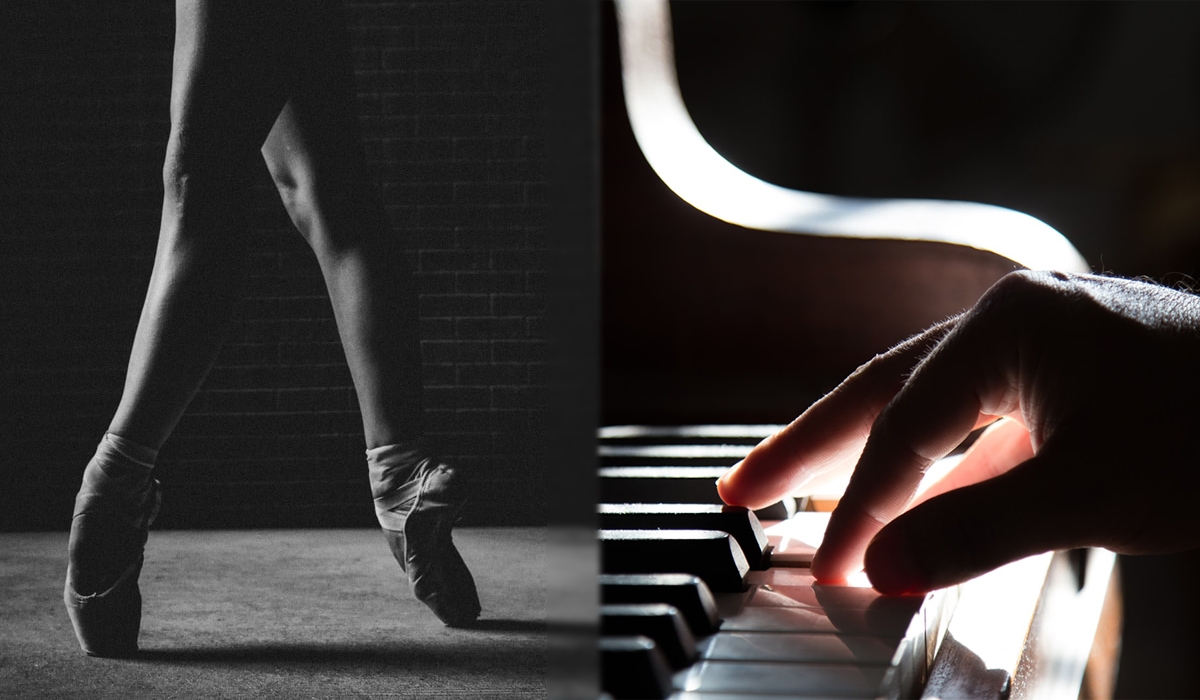
7 tips for choosing the right wallpaper
Wallpaper is a great way to add some color and personality to walls. It's easy to find wallpaper for any room in the house, making it an especially appealing choice if someone is renting or want something temporary. There are several types of wallpaper, each with its benefits and drawbacks, including vinyl, fabric, paper, and grasscloth. This article will discuss seven tips for choosing the suitable wallpaper best suited for everyone's needs.
1. Color
The right color of wallpaper can make someone's interior design pop. Wallpapers come in several styles, including metallic, textured, stenciled, and vinyl. The most common wallpapers are flat (non-shiny) or with a subtle shimmer to them. Matching the wallpaper to a person's interior design is easy when they use this tip: shadows cause things to appear darker; light causes things to appear lighter; therefore, choose a dark wallpaper for a dark interior and vice versa (light interior = light wallpaper).
Interior color differs from the most common interior paint colors: white, grey, tan, brown, and more. If someone is looking to install great wallpapers, colors can determine how their interior will look.
2. Texture
Wallpaper comes in different textures that can add dimension and style to any interior. If homeowners want bold colors but don't want something too busy on their walls, consider using tile patterns to give them a very subtle 3D effect. Wallpapers that have a metallic or textured appearance work well in interior rooms, as they add depth and character to the room.
3. Location
Someone can apply anywhere wallpaper from their kitchen cabinets, shower stalls, bedroom walls, or even ceilings. However, someone has to put wallpaper on these surfaces. They need to ensure it is a place where they will not mind if the color gets ruined since it cannot get stripped off easily. Also, ensure there is enough ventilation for fumes because we make some wallpapers with adhesives that release VOCs into the air when heated during installation.
4. Fabric
Purchasing wallpaper that has fabric woven into it gives people style and texture all at once. They often create fabric wallpapers from natural fibers, including cotton or sateen. This interior design trend has been growing in popularity since it comes into style, as fabric wallpaper can achieve various unique looks and styles.
Most interior design products can add texture and color to interior walls instead of paint or other materials. Interior decorating products can get used on interior walls for different surfaces and styles than paint or fabrics, which gives them more options.
5. Pattern
Wallpaper patterns range from very simple to busy and bold. Patterns allow people to create an interior design that is unique and fit for their style without limiting themselves to paint colors and designs. Some popular interior design trends include:
- Moroccan
- Asian inspired
- Classic florals
- Chevron stripes
- French toile
- Americana quilts
When choosing a patterned wallpaper, try mixing up the scale (more extensive vs smaller) of the pattern not to look too busy.
6. Determine Your Wallpaper Type
There are a few different wallpaper interior designers can choose from Vinyl, Foil, Fabric and Paper. Vinyl wallpaper costs less than all other options but is also the least durable- it can fade with time and tear more easily. Vinyl wallpaper is also flammable. Foil wallpaper costs about the same as vinyl interior design options but has a metallic sheen to give off a luxurious interior design look. This interior design option is waterproof, non-flammable, and resists mildew.
Fabric interior design solutions are water-resistant and help the interior design resemble a traditional interior design more closely. Paper interior design choices take interior decorating to another level of luxury because it is non-flammable, fire retardant, and mildew resistant. It comes in so many designs that it can get hard to choose from.
7. Make a Plan
After interior designers have a good idea about their interior wallpaper options, they should plan how to choose interior designs for each room in the house. It's easy to get overwhelmed with interior design choices, which is why interior designers should take it to step by step so interior design feels more manageable.
Do you need the best wallpapers for interior design? Worry not. This guide offers seven tips that may help someone to choose top wallpapers.










